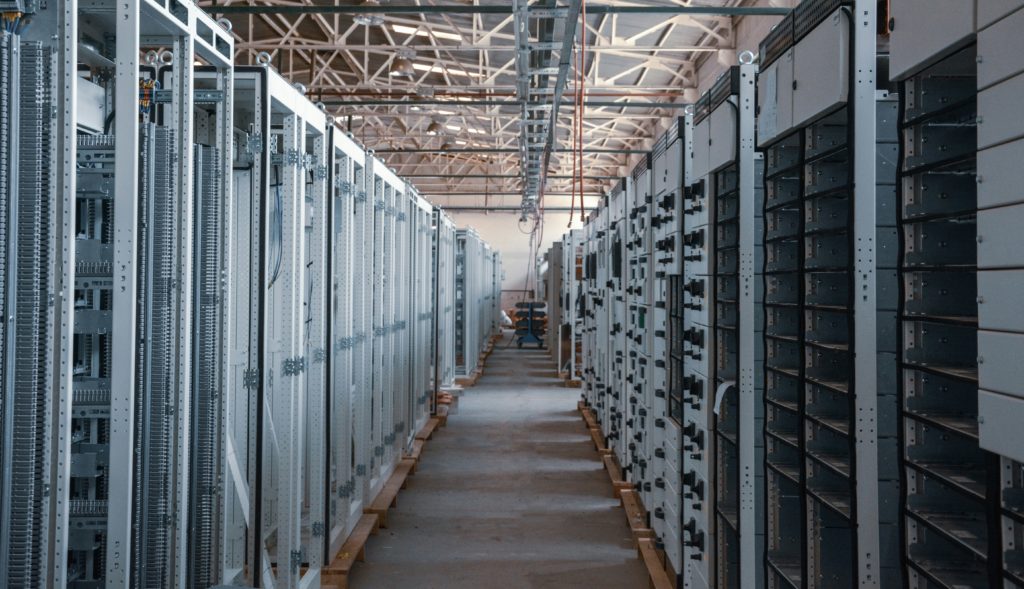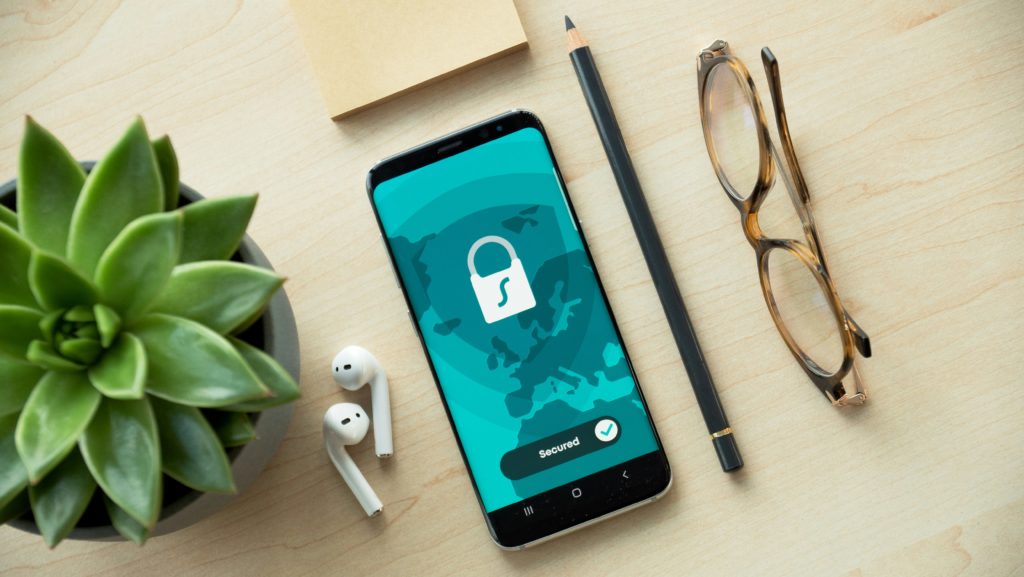Commercial Feature
Top Remote Access Security Threats in 2024 and How to Counter Them

As remote work becomes more common, a recent report from Global Workplace Analytics suggests that by 2025 nearly 36.2 million Americans, or about 22% of the workforce, will be working remotely. That’s nearly double the pre-pandemic numbers! And 56% of workers could do their jobs from home if given the chance.
But with this shift comes some challenges. As technology gets fancier, so do the threats to remote connections. This article will present the expected security challenges related to remote access by 2024 and discuss effective tactics for directly tackling them.
By staying aware of potential hazards and adopting robust security protocols, companies can safeguard their confidential data and ensure continuous operations.
Introduction to Remote Access Security in 2024
Remote access has become a pivotal facet for businesses globally in the contemporary digital landscape. The surge in flexible work arrangements and the prevalence of cloud-based technologies allow employees to establish virtual connections with their corporate networks. While this provides superior convenience and productivity, it simultaneously introduces security vulnerabilities. These vulnerabilities call for complex management to prevent potential impacts.
Moreover, remote access security challenges take on a distinct character as we enter 2024. Cybercriminals are perpetually refining their tactics, presenting increasingly sophisticated threats. Companies must stay vigilant of these evolving dangers regardless of size or industry. The reason is to fortify their defenses against potential breaches proactively.
The Most Prevalent Remote Access Security Threats This Year
Phishing Attacks:
Phishing attacks will persist as a prominent concern in 2024. Cybercriminals deploy sophisticated deceptive techniques, leveraging emails that mimic reputable sources.
Its purpose is to trick users into revealing sensitive information or unknowingly downloading malicious software.
Weak Passwords and Authentication Practices:
The persistent challenges of weak password strength and no authentication practices expose significant vulnerabilities. Many individuals still employ easily guessable passwords and disregard multifactor authentication.
It facilitates unauthorized access for potential attackers.
Unsecured Public Wi-Fi Networks:
The danger of accessing unprotected public Wi-Fi networks is immense. These networks represent a real risk. It makes users’ devices and data vulnerable to cybercriminals who can spy on or intercept information within the same network.
You can use a virtual private network to avoid this.
Understanding Phishing Attacks in Remote Work Environments
The ongoing and ever-changing threat of phishing attacks compromises cybersecurity in remote work. Cybercriminals utilize these deceptive methods, posing as reliable sources to trick employees into sharing confidential data or installing harmful software.
Additionally, the rise in remote work setups has created a breeding ground for such scams, with workers potentially being more vulnerable without the safety net of conventional office environments (secure access).
Moreover, these cybercriminals often use spear-phishing emails, creating personalized and persuasive messages that deceive recipients into clicking on unsafe links or disclosing personal information. They also pretend to represent reputable organizations such as government agencies, banks, or famous companies to establish trust network access and coax victims into willingly divulging sensitive details.
Lastly, smishing, a blend of phishing and text messaging, introduces deceptive texts containing fraudulent URLs or requests for personal information.
The Rise of Ransomware Targeting Remote Access Systems
The cybersecurity environment has also seen a significant increase in ransomware attacks recently. It is mainly focusing on remote access systems. This new pattern presents a considerable risk as hackers exploit system weaknesses. They encrypt vital data and demand hefty ransoms for its recovery.
The increase in instances of ransomware targeting remote access systems can be attributed to a number of reasons. The everyday use of remote working has broadened the attack scope. It gives cyber criminals more chances to exploit system vulnerabilities.
Moreover, hackers use advanced methods and social manipulation. They trick employees into granting unauthorized access through remote connections, jeopardizing network security.
Therefore, organizations must focus on strong security measures to combat this growing threat effectively. Establishing granular access controls like multi-factor authentication (MFA) and solid encryption protocols for protecting remote access systems is crucial.

How Weak Authentication Methods Compromise Remote Access
1. Password-Only authentication: When passwords are the only means of authentication for distant access or remote employees, systems become prone to brute-force attacks and password deciphering methods. Cybercriminals can utilize automatic tools that progressively attempt combinations of ordinary passwords until they achieve entry, mainly when weak or predictable passwords pose security risks.
2. Lack of multi-factor authentication (MFA): With an extra layer of security, such as MFA, distant access is protected from unsanctioned logins, even with a robust password. Incorporating multiple factors like biometric confirmation or one-time codes considerably diminishes the risk of breach by imposing another hurdle cybercriminals must surmount.
3. Failure to update default credentials: Numerous devices and applications are equipped with default usernames and passwords for ease during initial configuration. However, disregarding these defaults presents a grave security threat since hackers are conscious of commonly employed defaults and can effortlessly infiltrate the system.
Addressing Insider Threats in a Remote Working Scenario
Looking ahead to 2024, the remote access security landscape is scarred by threats from a powerful opponent within the organization. To prevent this danger, consider these strategic actions:
- Limit worker access based on their role to reduce unauthorized access and mitigate potential insider threats..
- Employ robust monitoring and logging systems that keep track of staff activities across networks, applications, and databases.
- Regularly check logs for unusual or suspicious behavior that could signal an internal threat.
- Arrange regular training sessions to increase remote workers’ knowledge of risks associated with internal threats.
- Highlight best practices, as discussed above, such as using secure passwords, role-based access, alerting against phishing attempts, and quickly reporting suspicious activities.
Implementing Advanced Encryption for Secure Remote Access
Adopting robust encryption methods allows businesses to safeguard connections and deter potential cyber criminals. Here are some ways to deploy advanced encryption for secure remote access:
- Choose robust encryption algorithms: Select well-known and reliable encryption techniques such as Advanced Encryption Standard (AES) or Rivest–Shamir–Adleman (RSA). It ensures maximum security for remote access connections.
- Configure VPNs with strong encryption: Setting up Virtual Private Networks (VPNs) using the strongest available encryption is essential. The purpose is to maintain the confidentiality of all communication between remote devices and networks. It prevents any unauthorized interception.
- Apply multi-factor authentication: It aids in reinforcing against unauthorized attempts to intrude during remote sessions.
Best Practices for Businesses to Mitigate Remote Access Risks
● Ask staff to use MFA for remote access. It reduces the risk of unauthorized entry and enhances overall security.
● Keep software, operating systems, and network devices up-to-date with the latest patches to mitigate vulnerabilities cybercriminals exploit.
● Ensure employees accessing business resources remotely use secure VPNs. It encrypts internet traffic to defend against unauthorized interception.
● Set appropriate session timeout thresholds for remote access connections. It automatically signs out idle sessions after a specified period to prevent unauthorized access.
● Educate staff on attackers’ common phishing tactics to prevent unauthorized access or credential theft through fraudulent emails or websites.

Conclusion
With the ever-evolving landscape of cybersecurity threats, ensuring a secure remote access solution is more important than ever. By anticipating and countering the most significant remote access security threats predicted for 2024, companies can safeguard their confidential information and uphold their network’s integrity.
A holistic defense plan that comprises stringent authentication procedures, sturdy encryption techniques, privileged remote access, and frequent security checks can significantly reduce potential hazards.
 News / Cambridge postgrad re-elected as City councillor4 May 2024
News / Cambridge postgrad re-elected as City councillor4 May 2024 News / Gender attainment gap to be excluded from Cambridge access report3 May 2024
News / Gender attainment gap to be excluded from Cambridge access report3 May 2024 News / Some supervisors’ effective pay rate £3 below living wage, new report finds5 May 2024
News / Some supervisors’ effective pay rate £3 below living wage, new report finds5 May 2024 News / Academics call for Cambridge to drop investigation into ‘race realist’ fellow2 May 2024
News / Academics call for Cambridge to drop investigation into ‘race realist’ fellow2 May 2024 Comment / Accepting black people into Cambridge is not an act of discrimination3 May 2024
Comment / Accepting black people into Cambridge is not an act of discrimination3 May 2024





